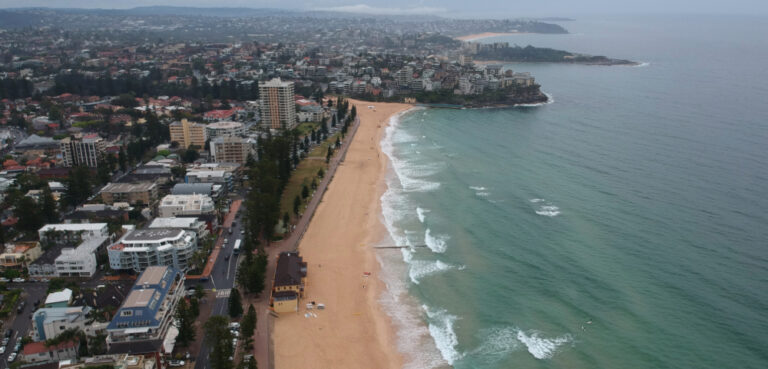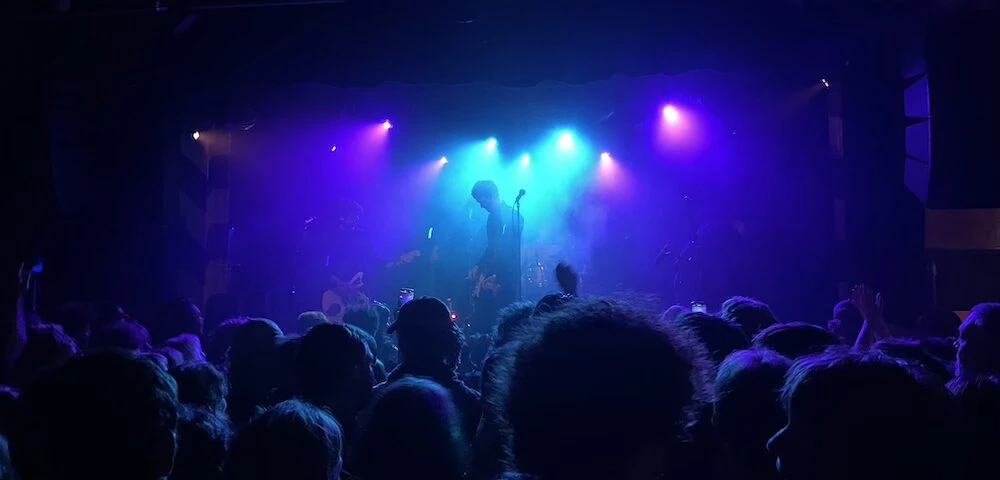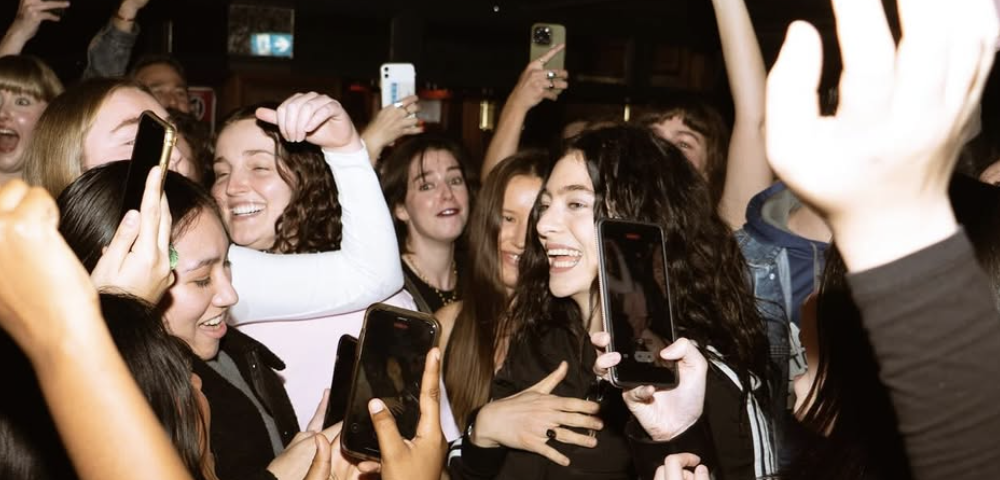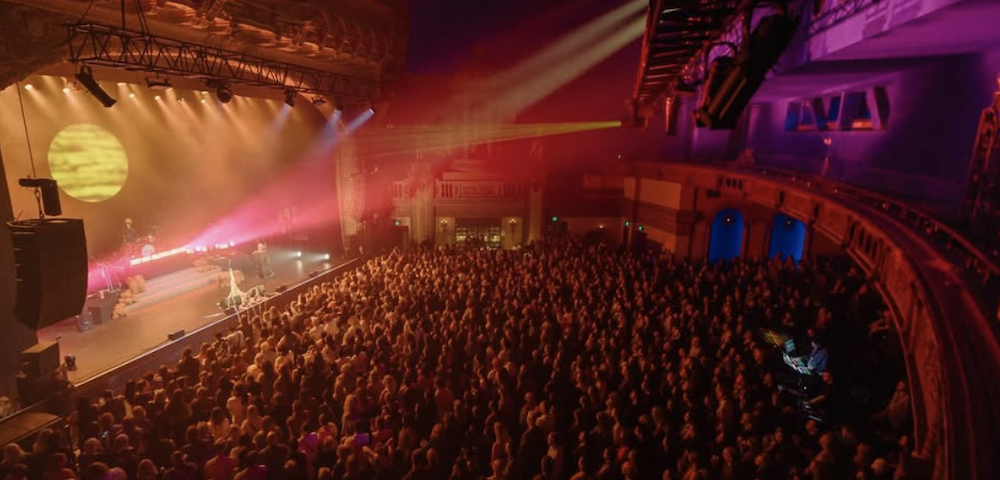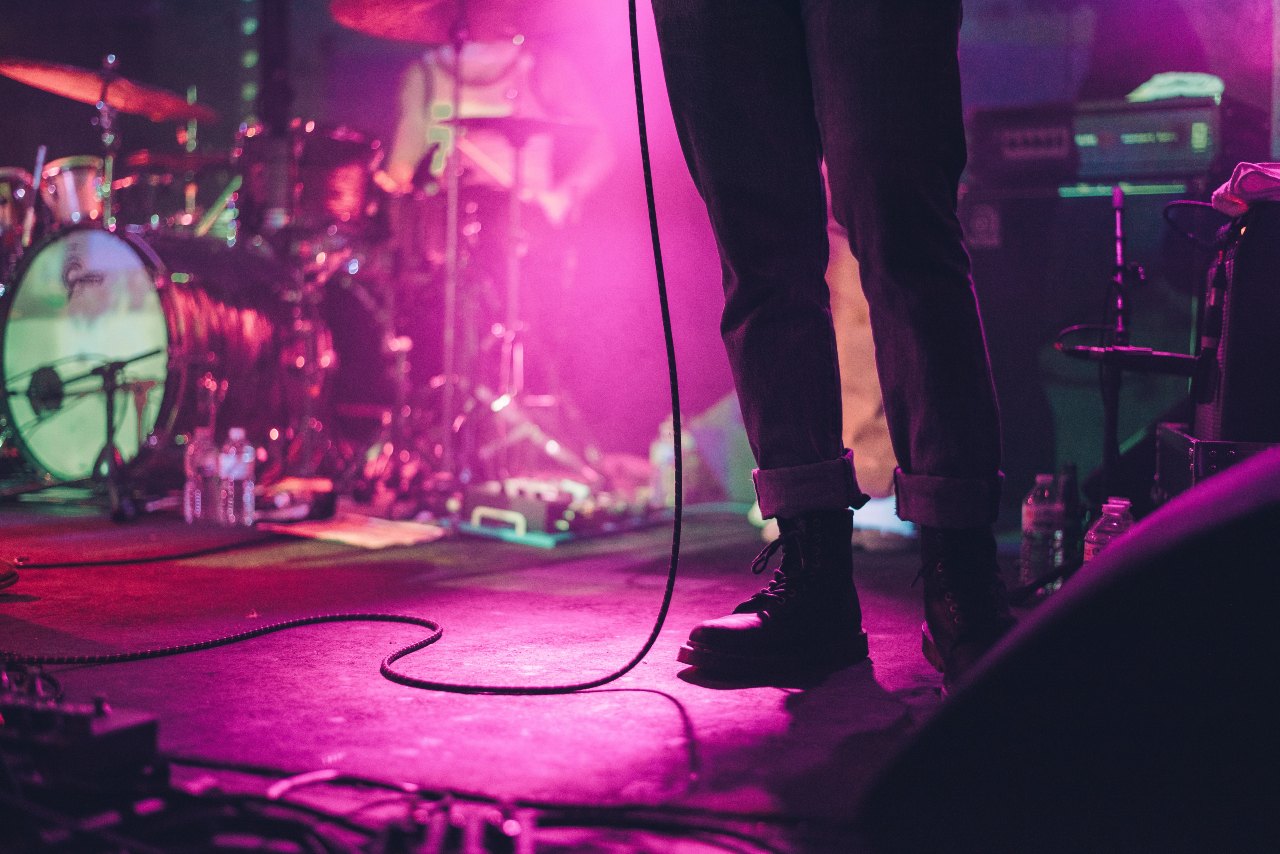
MUSECOLOGY: Mnemonic Museum
We speak to a somewhat inscrutable Jack Jeweller in the lead-up to his somewhat inscrutable musical-performance-meets-site-meets-movie-screening, Musecology: Mnemonic Museum. In collaboration with Daniel Stricker of Siberia Records, the event (this is the second installation of four) will corral performers into the Macleay Museum, home to Australia’s most significant collection of insect specimens, over 1000 rare scientific instruments, and countless reams of valuable documents, photos and other repositories of the past. Considering the performers have been invited to respond to the site’s spatial history, this night could go anywhere. Especially with a special – secret – guest appearance promised. Jeweller tells us more. Sort of.
Your last instalment took place in the Woolloomooloo PCYC and was an exploration of ‘machismo’. What is the usual process involved? It happened according to the natural articulation of the event organisation: 1) find a space … boxing ring = fighting 2) concept of fighting = macho.
Did the results of part one surprise you in any way? Not really. Great space. Some exciting moments like when Lucas [Abela] got tangled in the boxing ropes, Kirin’s J. Callinan’s performance was incredible. It was a real spectacle. It was actually him who wanted to have the performance in a ring.
For part two Musecology heads to the Macleay Museum and will feature the 1960s cult classic (in anaglyphic 3D!) The Eyes of Hell aka The Mask. How would you describe the connection between the two? We’ve actually got Jay Katz performing but the film – The Mask – is from his archive which is kind of a museum in itself for weird ephemera and rare films. The idea of museum, like machismo, is to do with the core concept. So with boxing, it’s machismo. With film, it’s memory and the idea of a museum (something that stores memories).
For this event there is a live performance by Naked on the Vague, Not Applicable (Jamie Leonarder aka Jay Katz) and DCM (Daniel Stricker and Chris Ross) to a screening of The Mask. It is similar I guess in that it is a concept taken from the idea of film as a type of memory bank, and the actual Macleay Museum is a place where history and memory of the world is stored. So is film.
Mnemonics is not only about memory but the techniques used to retain memories. What is your commentary on the utilisation of space and sound in this context? The inorganic memory archive stored in the film will be tampered with … played with by the artists performing instead of the original music chosen by the director. In this digital epoch this idea is prevalent right? Recoding and reterritorialising, this traditionally celluloid archive for storing memory (the world film archive is messed with), as is the archive of the museum, in so far it is redesigned and turned into a cinema.
Mar 9, 8.30pm, Macleay Museum, enter via Gosper Ln, off Science Rd, University of Sydney, $10 at the door



